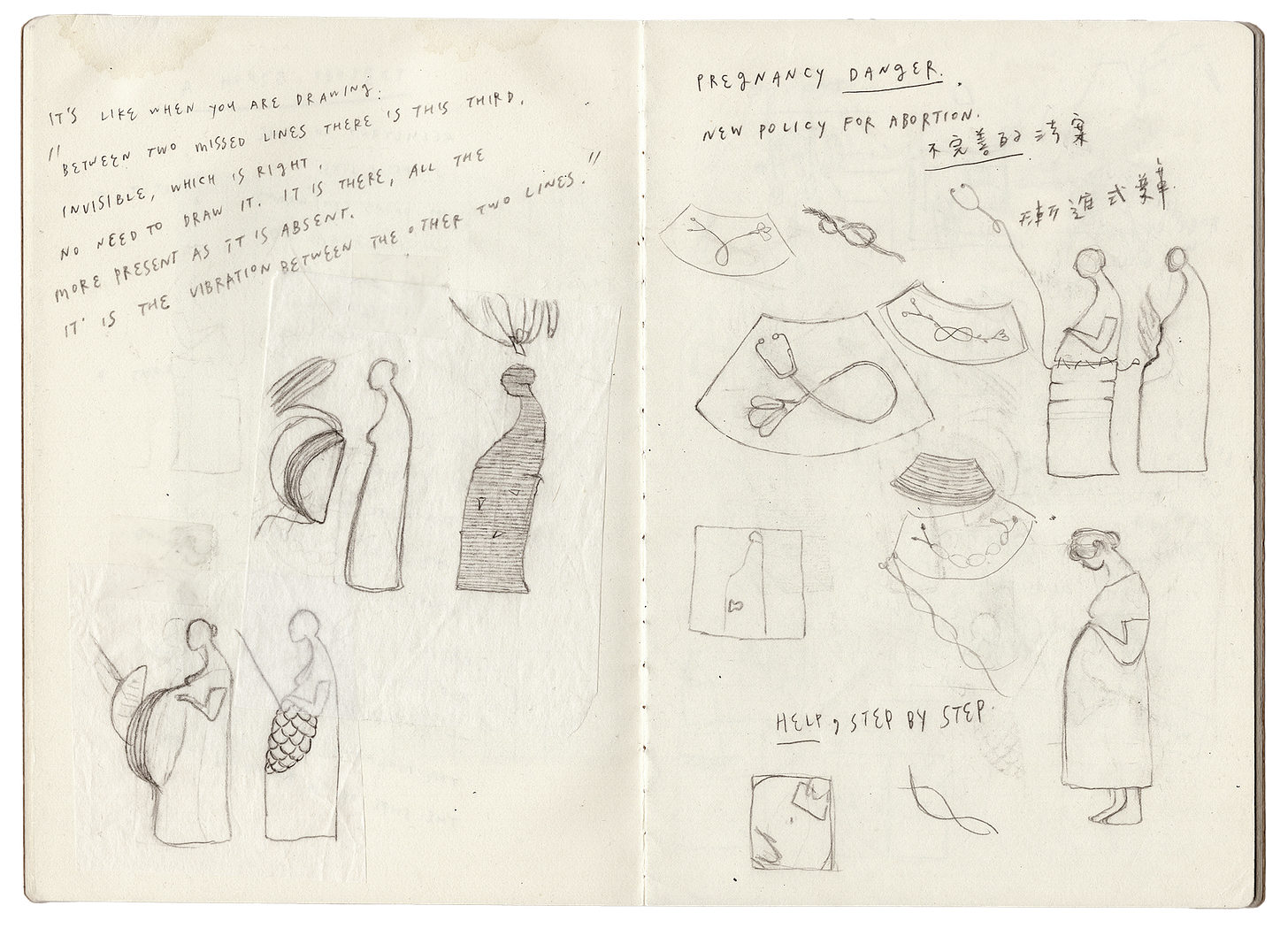I’ve noticed that mass media has a growing love for simply animated editorial illustrations in recent years. While I usually love doing frame-by-frame animation, I sometimes lean on Adobe AfterEffects (AE) to keep up with the fast-paced projects that come my way, without sacrificing quality. A relatively rational way to create emotionally resonant moving image!
This month, I feel like sharing one of my favourite AE techniques with you, which I used in two of my favourite projects from last year — an animated editorial illustration for The New York Times on abortion politics and chapter gifs for a deep dive into the Uvalde tragedy, co-published by ProPublica, The Texas Tribune, and Frontline.
While this post requires some basic AE knowledge, you might still enjoy following along out of curiosity. Let’s start!
Drafting the Concept
After receiving the brief, I started drafting. From the previous post about my animation process, you’d know that I usually don’t sketch much on paper and prefer to visualize in my mind. Besides the reason mentioned in that post, I also think my art style is rather rational (at least from the look of it!), so I avoid drafting too much to maintain spontaneity in the final art. Here’s the roughs in my sketchbook (even though I mostly draw digitally now, I still prefer draft with pencil on paper to start a project!):

I refine drafts digitally before sending them to the Art Director. As you’ve seen in the final art, she picked the first one, which was my favourite too!
Creating the Final Art
And then, I draw the final art in Photoshop as usual and separate my layers.
It’s important to know what and how you want to animate before drawing the final art, so you can separate and deconstruct layers accordingly. For this project, I grouped layers into background, middleground, and foreground:






